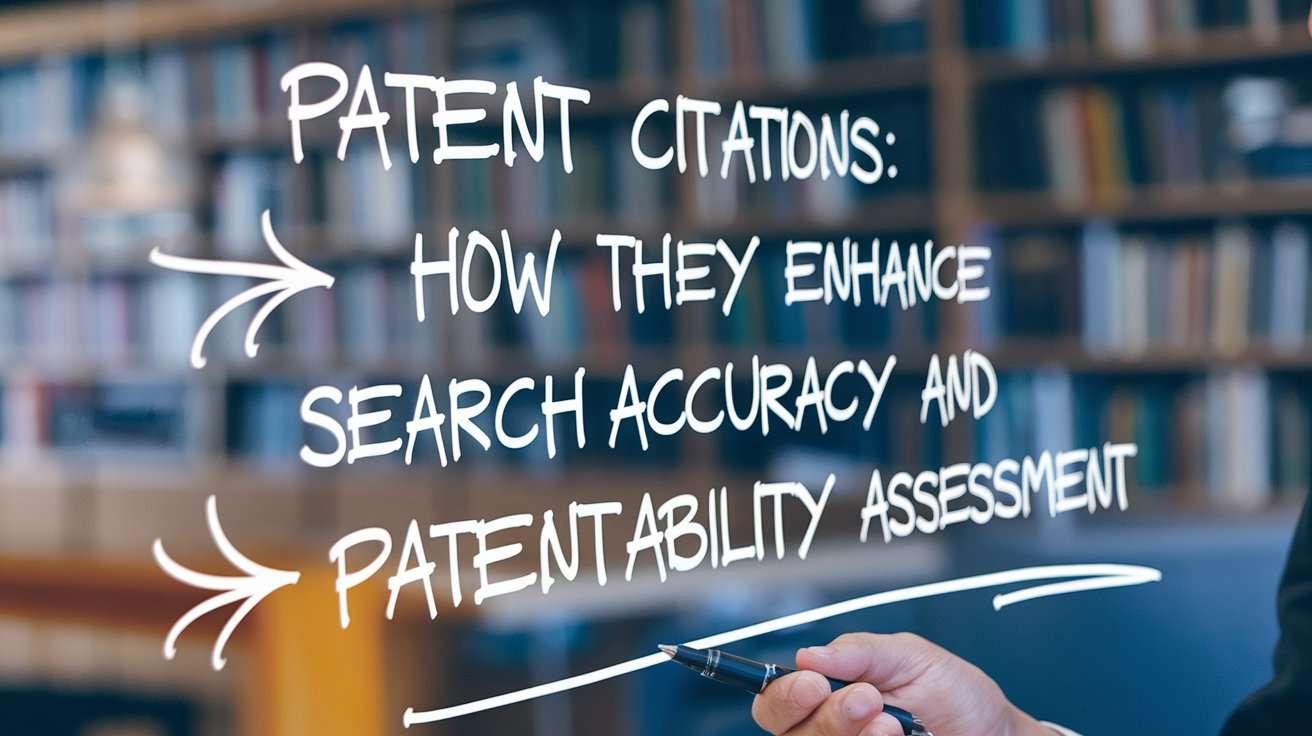When it comes to understanding the patent landscape, patent citations are a game-changer.
They may seem like just another part of a patent document, but these references play a crucial role in ensuring search accuracy and assessing the patentability of an invention.
Let’s dive into what patent citations are, why they matter, and how you can leverage them effectively.
Think of patent citations as the footnotes of the innovation world. Just like academic papers cite sources, patents reference earlier documents to provide context and establish novelty.
These citations can be:
Backward Citations: References to earlier patents or literature that influenced the current invention.
Forward Citations: Later patents that reference the current one, indicating its influence on subsequent innovations.
How Patent Citations Enhance Search Accuracy
1. Building Context
Patent citations provide a roadmap of related innovations. For example, if you’re working on a renewable energy project, backward citations in similar patents can:
Clarify the progression of related technologies.
Highlight solutions that inspired the current invention.
2. Reducing Missed Prior Art
Keywords can only take you so far. Citations:
Lead you to patents with similar concepts, even if the terminology is different.
Uncover non-obvious connections, like patents in adjacent industries.
3. Uncovering Competitive Insights
Using Patent Citations for Patentability Assessment
1. Evaluating Novelty
Before filing a patent, citations help you understand the scope of existing technologies. This ensures your invention meets the novelty requirement.
2. Spotting Overlaps
Citations reveal overlapping claims that might lead to rejections during the examination process. This foresight allows you to refine your application.
3. Strategic Drafting
Understanding how examiners use citations enables you to:
Craft clearer claims.
Differentiate your invention effectively.






